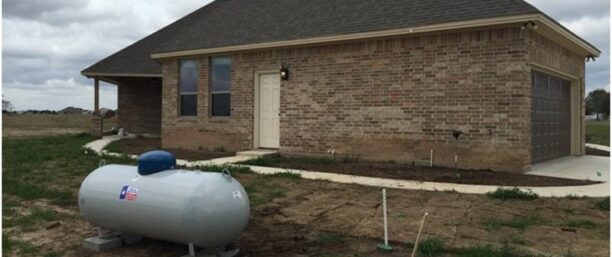Strategic Placement of Propane Tanks: A Guide
When it comes to utilizing propane in a residential or commercial setting, the placement of propane tanks is not only a matter of convenience and aesthetics but also of safety and compliance. Proper placement ensures efficient operation, enhances accessibility, and integrates well into landscaping or building designs. Understanding Safety Regulations The first step in placing… Continue reading Strategic Placement of Propane Tanks: A Guide
When it comes to utilizing propane in a residential or commercial setting, the placement of propane tanks is not only a matter of convenience and aesthetics but also of safety and compliance. Proper placement ensures efficient operation, enhances accessibility, and integrates well into landscaping or building designs.
Understanding Safety Regulations
The first step in placing a propane tank is understanding local regulations, which can vary widely. Distance from structures, property lines, and ignition sources are all regulated to ensure safety. Typically, tanks must be placed at least 10 feet from buildings and 10 feet from the property line, but always check local codes for specific requirements.
Accessibility for Refilling
Propane tanks should be easily accessible for delivery trucks. This means considering the path trucks will take to reach the tank. It’s crucial to ensure that this path is clear of obstacles such as gates, tight turns, and low-hanging branches that could hinder access.
Aesthetic Considerations
While functionality is paramount, the visual impact of a propane tank on your property is also important. Creative solutions such as placing tanks underground, using decorative enclosures, or integrating them into the landscape with strategic planting can help them blend in. The choice depends on budget, available space, and personal preference.
Environmental Factors
Placement should also consider environmental factors like drainage, soil type, and potential flood zones. Tanks should be placed on stable, well-drained ground to prevent settling or water accumulation, which can lead to rust and other issues. Avoid placing tanks under roof edges where icicles or melting snow could fall directly on them.
Future Expansion
Think about the future use of propane and potential expansions. Placing the tank in a location that allows for additional appliances or larger tanks can save on costs and modifications later.
Proper placement of propane tanks is critical for producing positive outcomes when it comes to safety, efficiency, and aesthetics. By adhering to safety codes, ensuring accessibility, considering environmental factors, and planning for future needs, propane systems can effectively be integrated into various types of properties.

